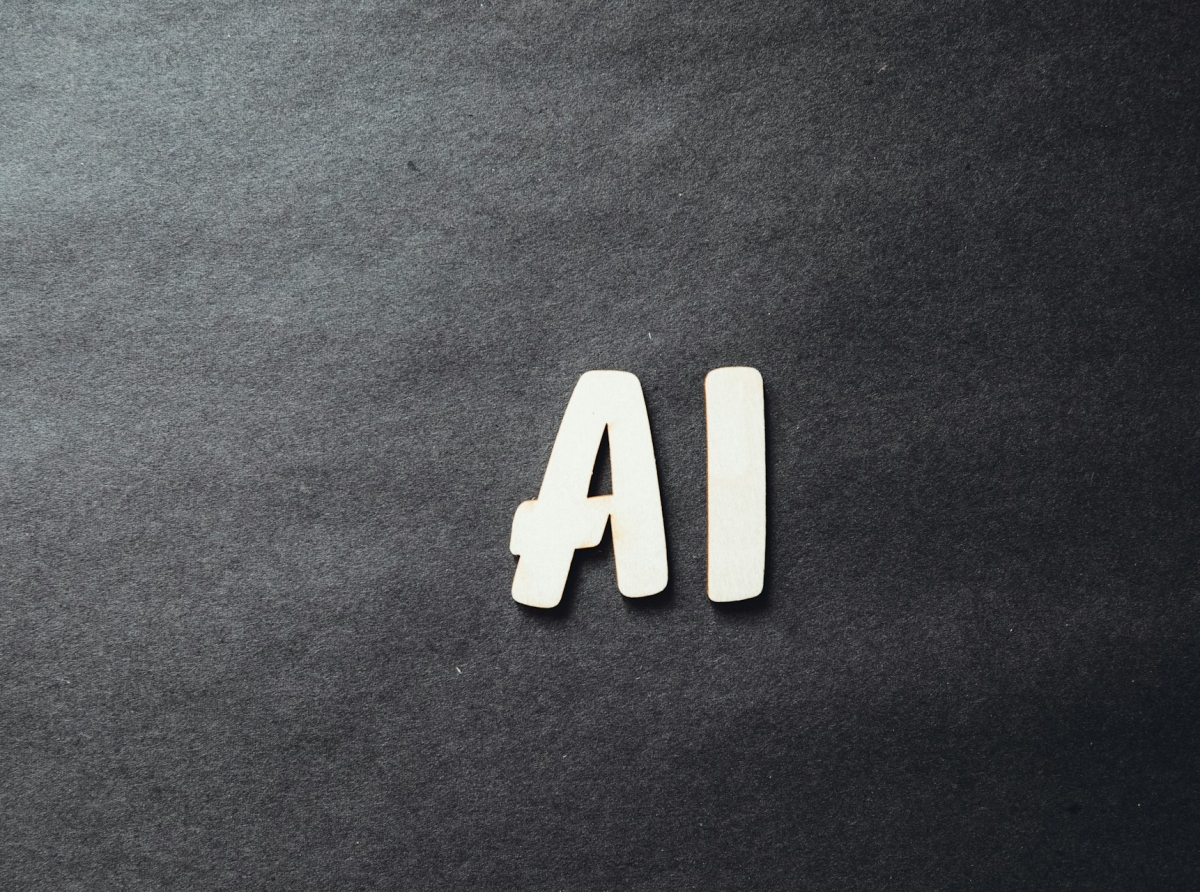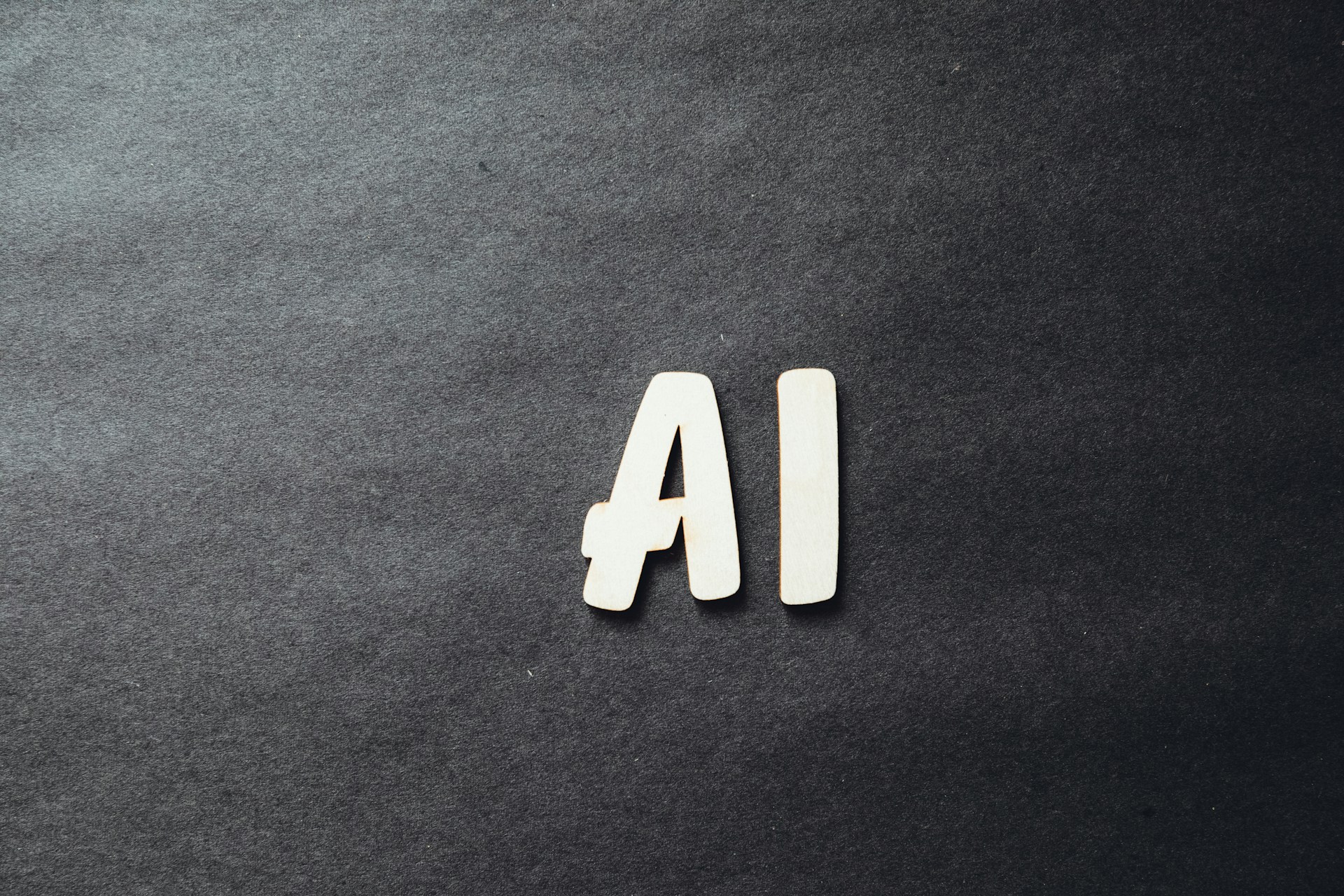The Role of AI and Machine Learning in Cryptocurrency Trading

The Role of AI and Machine Learning in Cryptocurrency Trading
The rise of artificial intelligence (AI) and machine learning (ML) has revolutionized numerous industries, and cryptocurrency trading is no exception. These advanced technologies have transformed how traders analyze data, predict market movements, and execute trades.
In this article, we’ll explore the role of AI and ML in cryptocurrency trading, their benefits, challenges, and the future potential they hold.
In this article, we’ll explore the role of AI and ML in cryptocurrency trading, their benefits, challenges, and the future potential they hold.

The Role of AI and Machine Learning in Cryptocurrency Trading
What Are AI and Machine Learning?
Artificial intelligence refers to the simulation of human intelligence by machines, enabling them to perform tasks like decision-making, pattern recognition, and problem-solving. Machine learning, a subset of AI, involves training algorithms on large datasets to identify patterns and make predictions without explicit programming.In the context of cryptocurrency trading, AI and ML are used to process vast amounts of data, detect trends, and automate trading strategies. These tools help traders navigate the highly volatile and fast-paced crypto markets with greater precision and efficiency.
How AI and ML Enhance Cryptocurrency Trading
Data Analysis and Pattern RecognitionCryptocurrency markets generate massive amounts of data, including price movements, trading volumes, social media sentiment, and blockchain activity.
AI and ML algorithms can analyze this data in real-time, identifying patterns and correlations that may not be visible to human traders. For example:
Detecting anomalies in trading behavior.
Identifying recurring price patterns, such as head-and-shoulders formations or breakouts.
Monitoring news and social media for sentiment analysis that could influence market movements.
Predictive Analytics
One of the most significant advantages of AI and ML is their ability to forecast future price movements based on historical data. Predictive models use statistical techniques and neural networks to estimate the likelihood of specific outcomes, helping traders make informed decisions. For instance:
Forecasting short-term price trends for scalping or day trading.
Predicting long-term trends for swing trading or investment strategies.
Automation and Algorithmic Trading
AI-powered algorithms can execute trades automatically based on predefined criteria. This eliminates emotional decision-making and ensures faster execution. Algorithmic trading systems powered by AI can:
Place buy or sell orders when certain conditions are met.
Adjust positions dynamically in response to market changes.
Optimize trade timing to maximize profits or minimize losses.
Risk Management
AI and ML play a crucial role in managing risks associated with cryptocurrency trading. These technologies can:
Monitor portfolio performance and adjust allocations to reduce exposure during volatile periods.
Identify potential black swan events or market crashes by analyzing historical data and global economic indicators.
Implement stop-loss orders and position-sizing strategies to protect capital.
Sentiment Analysis
Social media platforms like Twitter, Reddit, and Telegram heavily influence cryptocurrency markets. AI-driven sentiment analysis tools scan these platforms for mentions of specific coins, gauging public opinion and predicting its impact on prices. For example:
A surge in positive sentiment about a coin might indicate an upcoming price rally.
Negative sentiment could signal a potential downturn.
Fraud Detection and Security
The decentralized nature of cryptocurrencies makes them vulnerable to fraud and hacking. AI and ML can enhance security by:
Detecting unusual transaction patterns indicative of fraudulent activity.
Identifying phishing attempts or malicious smart contracts.
Strengthening wallet security through biometric authentication and anomaly detection.
Benefits of Using AI and ML in Cryptocurrency Trading
Speed and EfficiencyAI and ML algorithms process data and execute trades much faster than humans, giving traders a competitive edge in volatile markets.
Improved Accuracy
By analyzing vast datasets and identifying subtle patterns, AI-driven systems can make more accurate predictions than traditional methods.
Emotion-Free Trading
Human emotions like fear and greed often lead to poor trading decisions. AI removes emotion from the equation, ensuring disciplined and consistent execution of strategies.
Scalability
AI systems can handle multiple assets and timeframes simultaneously, making it easier to scale trading operations across various cryptocurrencies.
Customization
Traders can tailor AI models to fit their specific needs, whether it’s high-frequency trading, long-term investing, or arbitrage strategies.
Challenges and Limitations
While AI and ML offer numerous advantages, they also come with challenges:Overfitting Models
AI models trained on historical data may perform poorly in real-world scenarios if they are overly optimized for past trends (overfitting).
Market Volatility
Cryptocurrency markets are inherently unpredictable, and even the most advanced AI systems cannot guarantee success in extreme volatility.
High Development Costs
Building and maintaining AI-driven trading systems requires significant financial and technical resources, which may be prohibitive for individual traders.
Dependence on Data Quality
AI and ML models rely on clean, accurate, and comprehensive datasets. Poor-quality data can lead to incorrect predictions and suboptimal performance.
Ethical Concerns
The use of AI in trading raises ethical questions, such as whether automated systems contribute to market manipulation or exacerbate inequality between institutional and retail traders.
Future Potential of AI and ML in Cryptocurrency Trading
The integration of AI and ML in cryptocurrency trading is still in its early stages, but the potential for growth is immense. Here’s what the future might hold:Quantum Computing
Quantum computing could supercharge AI capabilities, enabling even faster and more complex analyses of cryptocurrency markets.
Decentralized AI Platforms
Blockchain technology combined with AI could lead to decentralized trading platforms where users share insights and strategies securely.
Enhanced Personalization
AI systems will become more adept at understanding individual trader preferences, offering hyper-personalized recommendations and strategies.
Cross-Market Insights
Future AI models may analyze interconnected markets (e.g., stocks, commodities, and cryptocurrencies) to provide holistic trading insights.
Regulatory Integration
As regulators tighten oversight of cryptocurrency markets, AI could help ensure compliance with evolving rules and reporting requirements.
Conclusion
AI and machine learning have already begun reshaping cryptocurrency trading, offering unprecedented opportunities for efficiency, accuracy, and innovation. By leveraging these technologies, traders can gain a deeper understanding of market dynamics, automate repetitive tasks, and manage risks more effectively. However, it’s essential to recognize the limitations and challenges associated with AI and ML, ensuring responsible and ethical use.
For traders willing to embrace these advancements, the future looks promising. AI and ML are not just tools—they are catalysts for transforming the way we interact with financial markets. Whether you’re a seasoned professional or a newcomer, now is the time to explore how AI and ML can elevate your cryptocurrency trading journey.
AI in cryptocurrency trading, machine learning for trading, predictive analytics, algorithmic trading, sentiment analysis, risk management, automated trading, blockchain security, quantum computing, decentralized AI









Report
My comments